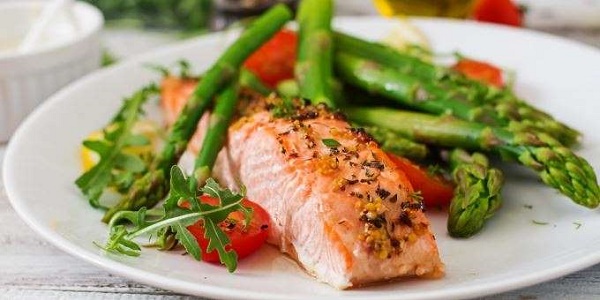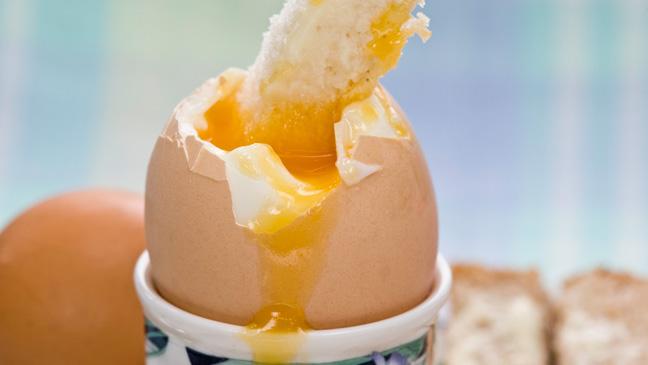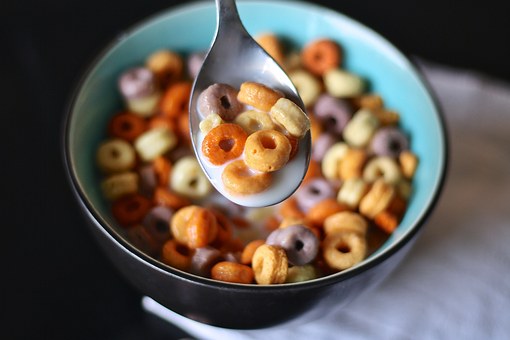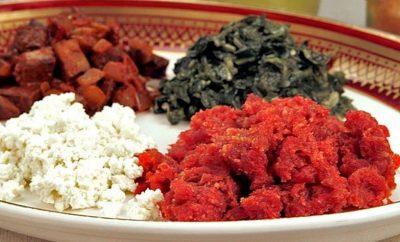
Food
Vitamin D – The Best Sources of It
Vitamin D is essential for bone growth (assists calcium assimilation). But it probably plays an important role in many other respects (immunity, cardiovascular diseases …). It is found first in fish oil, different fatty fish, egg, offal, butter…

Vitamin D contributes to the assimilation of calcium and thus plays a major role in bone growth. It is also essential for the growth of young children and the protection of adult bone (osteoporosis). But recent research has shown that this vitamin has many other positive effects and intervenes in various mechanisms (immunity, anti-inflammatory, anti-tumor, cardiovascular protector…).
Vitamin D exists in the natural form D3 or cholecalciferol, a nutrient of animal origin (milk, butter, fatty fish, offal such as calf’s liver or poultry liver); In the synthetic form (plant origin), vitamin D2 or ergocalciferol, synthesized by plants under the action of ultraviolet rays. Vitamin D3 is synthesized by the action of sunlight on the skin. In some respects, therefore, the first source of vitamin D is the sun. 80 to 90% of the vitamin D (vitamin D3) assimilated by our body is synthesized by the action of ultraviolet rays. A daily exposure of the face and arms of about 30 minutes is recommended.
Required intakes
Estimates of the necessary intakes of vitamin D diverge widely. The most conservative recommendations set the recommended intakes at 5 μg /day for adults and 10 μg /day for children aged 1 to 3 years. Other medical authorities have increased the recommended dose to 30 μg /day. The trend is to strengthen the place of this vitamin in the indispensable micro nutrients. Due to often insufficient sun exposure in the northern hemisphere, supplementation is usually required for children and some adults.
Top ten sources of vitamin D
- Cod liver oil: 200 μg per 100 g
Other fish oils (tuna, mackerel, salmon) are 10 to 20 times more concentrated than cod liver oil, but are of a rarer consumption than cod liver.
- Swordfish: about 15 to 25 μg per 100 g
The eel has an equivalent content but is consumed less frequently than swordfish.
- Salmon: about 8 to 15 μg per 100 g
- Tuna, trout, herring: 6 to 12 μg per 100g
- Sardine: approximately 5 μg per 100g
- Dried mushrooms: 3 to 4 μg per 100 g
Note that Japanese Shiitake mushrooms are particularly rich in micro nutrients and vitamin D.
- Egg (egg yolk): 3 μg (for 2 large eggs)
- Veal liver, beef liver: in the range of 1 to 1.20 μg per 100 g
- Butter: 1 μg per 100 g
- Milk: less 1 μg (for a cup of 25cl)




It is important that your diet brings you enough vitamin D because it helps the body absorb and use the calcium and phosphorus needed to have strong bones and teeth. The vitamin D may help protect older adults from osteoporosis.
Vitamin D can also protect you from infections by helping your immune system.
It can help reduce the risk of chronic diseases such as multiple sclerosis and some types of cancer like colorectal cancer but this is still under study.
















0 comments